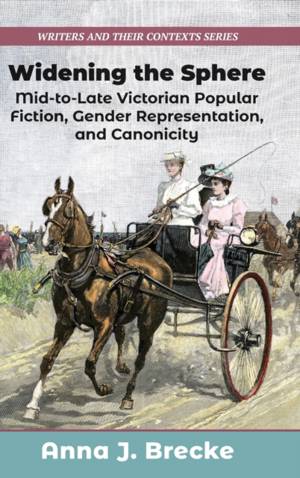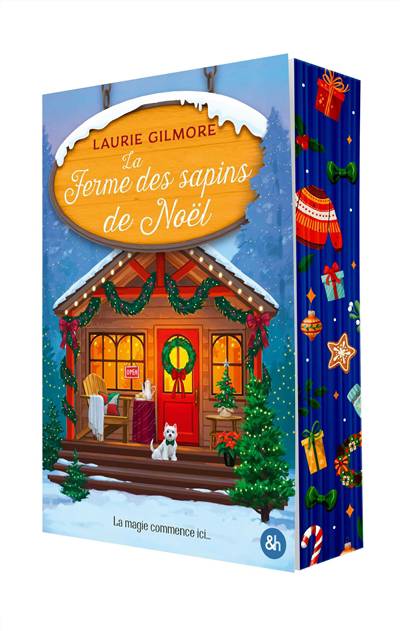
- Retrait en 2 heures
- Assortiment impressionnant
- Paiement sécurisé
- Toujours un magasin près de chez vous
- Retrait gratuit dans votre magasin Club
- 7.000.0000 titres dans notre catalogue
- Payer en toute sécurité
- Toujours un magasin près de chez vous
Widening the Sphere
Mid-To-Late Victorian Popular Fiction, Gender Representation, and Canonicity
Anna J Brecke
193,45 €
+ 386 points
Format
Description
This work addresses the erasure of popular women writers in the formation of Victorian studies. Mid-century critical work on the Victorian novel, which established a long-standing canon, was mainly concerned with the form of the novel rather than the literature of the Victorian period. Particularly overlooked were the popular works produced by women writers in sensation fiction, New Woman fiction, and speculative fiction. The absence of these writers and genres created an incomplete picture of women's writing, and served to reinforce assumptions about gender roles and gendered space in Victorian literature and culture. / Dr. Brecke begins with a genealogy of studies on Victorian novels from the 1880s through to contemporary scholarship. She tracks the range of writers and genres included before and after the mid-century point. She then turns to examples from sensation, New Woman, and speculative fiction to illustrate the way in which female characters and gendered spaces in these genres transgress norms of feminine representation commonly associated with realist fiction. / Novels and short stories by Mary Elizabeth Braddon, Marie Corelli, Rhoda Broughton, Florence Marryat, Amy Levy and Eliza Lynn Linton reveal that gender and space interact differently in popular genres where the "separate spheres" of public and private life frequently intertwine. By combining the history of Victorian fiction with readings of representative writers, this new work presents an invaluable and fuller understanding of the scope of Victorian authorship and the representation of female characters. Contents: / Introduction. / A gap in the study of Victorian Literature. / Creation and disruption of a Victorian canon. / Alternative constructions of femininity and domestic space in the sensation novel and the 'New woman' novel. / A new critical conversation. / Bibliography. / Index.
Spécifications
Parties prenantes
- Auteur(s) :
- Editeur:
Contenu
- Nombre de pages :
- 208
- Langue:
- Anglais
- Collection :
- Tome:
- n° 17
Caractéristiques
- EAN:
- 9781913087784
- Date de parution :
- 31-12-21
- Format:
- Livre relié
- Format numérique:
- Genaaid
- Dimensions :
- 152 mm x 229 mm
- Poids :
- 462 g

Seulement chez Librairie Club
+ 386 points sur votre carte client de Librairie Club
Les avis
Nous publions uniquement les avis qui respectent les conditions requises. Consultez nos conditions pour les avis.








